15 Essential Items for Building a Balanced Grocery List
A well-rounded grocery list is the foundation for creating balanced weekly meals. Getting caught up in the many options is easy, but having staple items on hand makes meal prep simpler and healthier. Stocking up on essentials makes cooking easier and nourishes your body with the proper nutrients.
Various proteins, grains, and fresh produce provide a good base for meals while adding spices and condiments can keep things flavorful. Here’s a list of essentials to consider adding to your next shopping list for a more balanced diet.
Fresh Vegetables
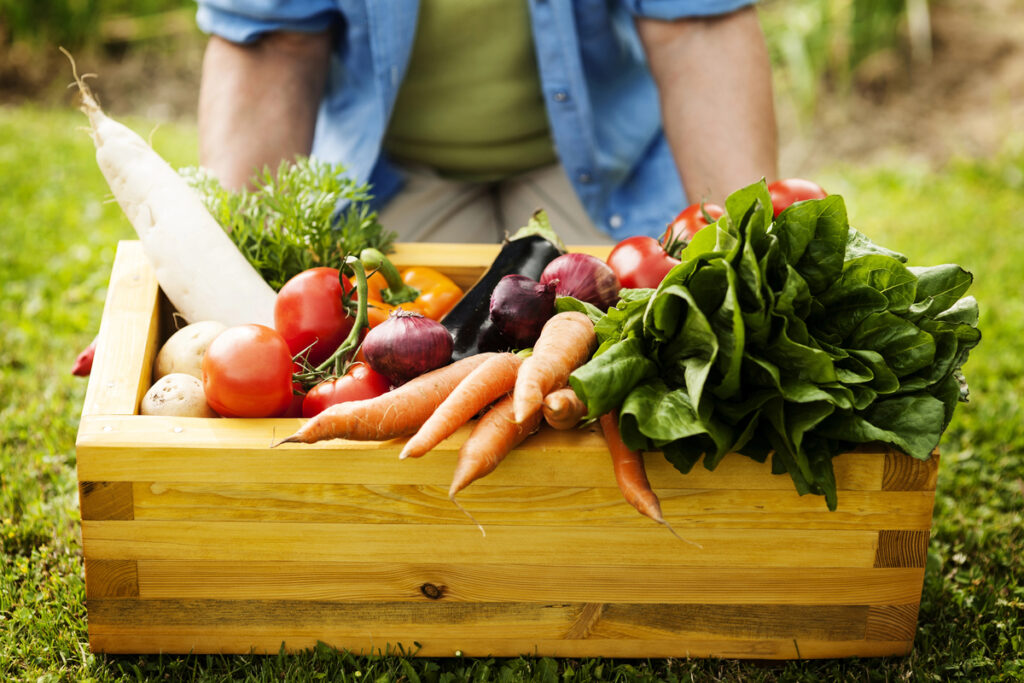
Fresh vegetables bring essential vitamins and minerals to your diet and add texture and flavor to meals. Leafy greens like spinach and kale are nutrient powerhouses, while root vegetables like carrots and potatoes offer heartiness.
They can be sautéed, roasted, or added raw to salads, providing many options. Choosing vegetables in various colors ensures a diverse range of nutrients. Having a mix of fresh vegetables on hand makes it easier to prepare wholesome meals throughout the week.
Fresh Fruits

Fruits add natural sweetness to meals and snacks while delivering important vitamins, antioxidants, and fiber. Berries, apples, and bananas are convenient choices that don’t require much preparation.
Adding fruits to smoothies and salads or enjoying them as a snack makes them easy to incorporate daily. Citrus fruits like oranges are great for boosting vitamin C intake, especially during colder months. Keeping a selection of fresh fruits helps satisfy sweet cravings in a nutritious way.
Whole Grains

Whole grains provide complex carbohydrates, which offer sustained energy and are a great source of fiber. Brown rice, quinoa, and oats are versatile and can be used in various recipes, from breakfast bowls to dinner side dishes.
These grains also contain essential minerals like magnesium and iron, supporting overall health. They’re easy to store, making them a great staple for any pantry. Whole grains add texture to meals and keep you feeling full longer.
Lean Proteins

Lean proteins, like chicken breast, fish, and tofu, are essential for muscle repair and growth. They’re also lower in saturated fats, making them heart-healthier options. These proteins can be baked, grilled, or stir-fried, fitting seamlessly into many dishes.
Lean proteins keep you feeling full and provide important nutrients without excessive calories. Including a variety of lean protein options helps ensure a balanced diet.
Eggs
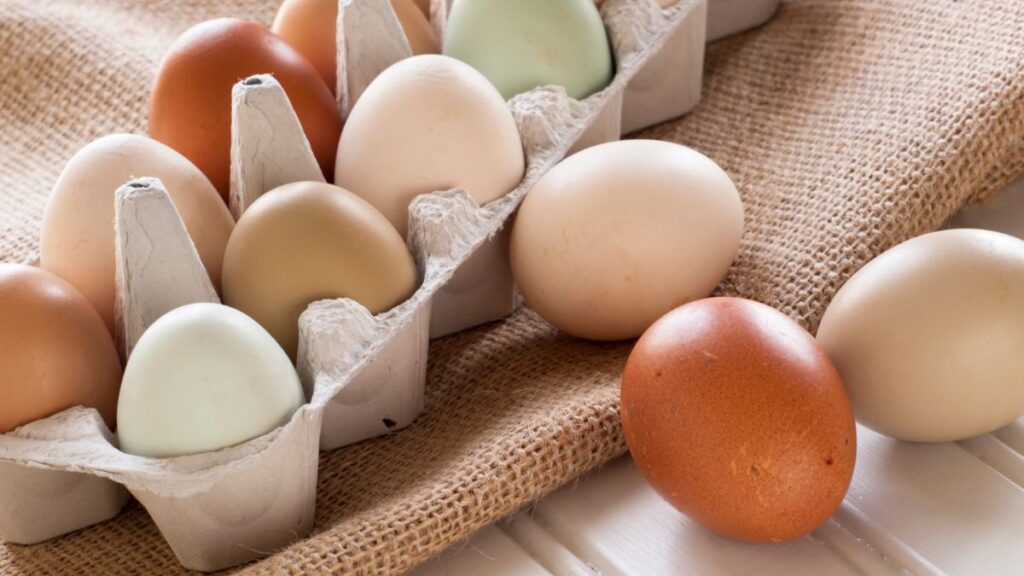
Eggs are incredibly versatile and packed with high-quality protein, vitamins, and minerals. They can be boiled, scrambled, poached, or used in baking, making them useful in multiple recipes. Eggs are also a good source of choline, which supports brain health. They’re an affordable source of nutrition and can be eaten at any meal. Keeping eggs on hand adds flexibility to meal planning.
Dairy or Dairy Alternatives
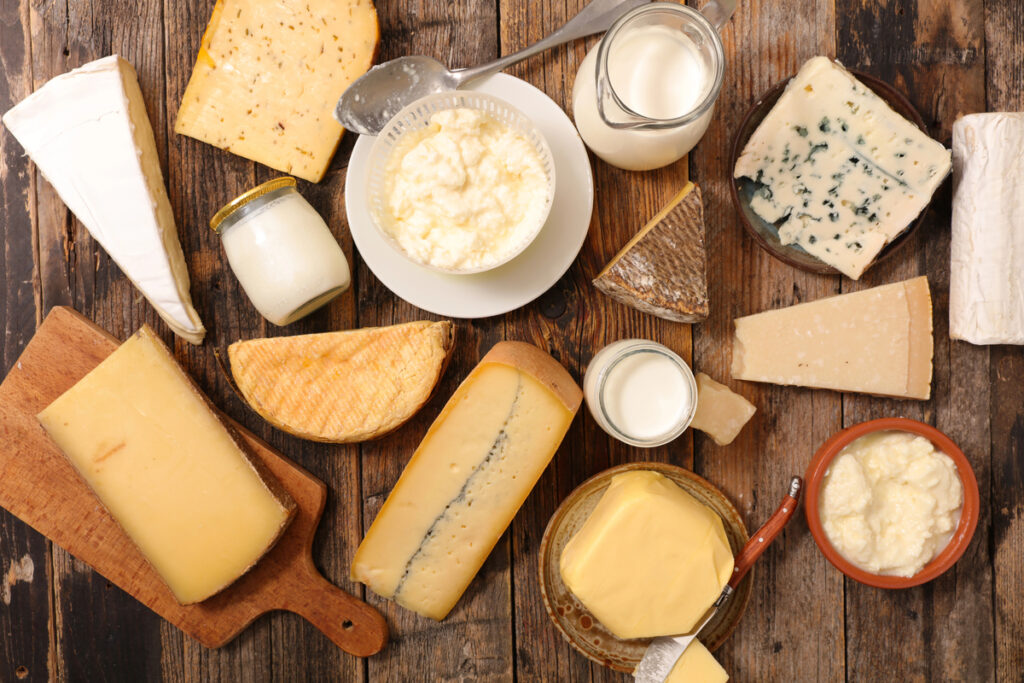
Dairy products, such as milk, yogurt, and cheese, provide calcium, protein, and other nutrients essential for bone health. Almond milk, soy milk, and coconut yogurt are great alternatives for those who prefer non-dairy options.
Dairy can be enjoyed as part of a meal or as a snack and can add creaminess to recipes. Yogurt, in particular, contains probiotics that support gut health. Including dairy or its alternatives allows for versatility and added nutrition.
Canned Beans and Legumes
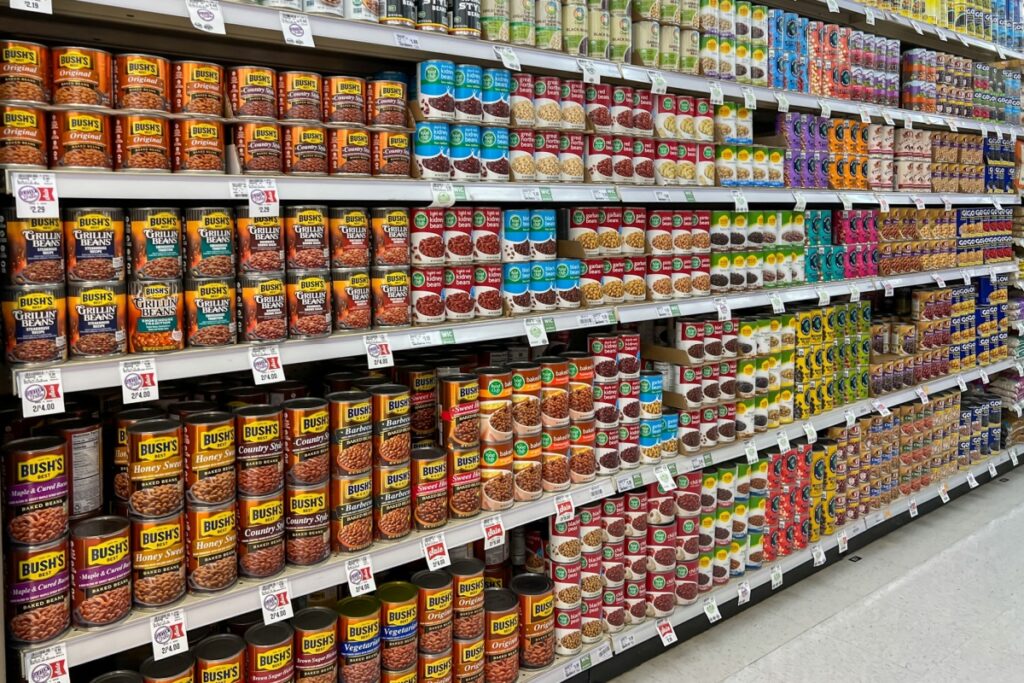
Beans and legumes are excellent sources of plant-based protein, fiber, and essential minerals. Canned versions, like chickpeas, black beans, and lentils, are convenient and don’t require long cooking times.
They can be added to soups, and salads, or used as a base for vegetarian meals. Beans are also very affordable, making them budget-friendly without compromising on nutrition. Keeping a few cans in the pantry provides a quick, nourishing addition to meals.
Nuts and Seeds

Nuts and seeds, like almonds, walnuts, chia seeds, and flaxseeds, are nutrient-dense and offer healthy fats. They make great snacks, add crunch to salads, or can be blended into smoothies.
These ingredients contain omega-3 fatty acids, which are beneficial for heart health. They’re also high in fiber, making them filling and satisfying. Including nuts and seeds in your diet is an easy way to add essential nutrients.
Healthy Oils
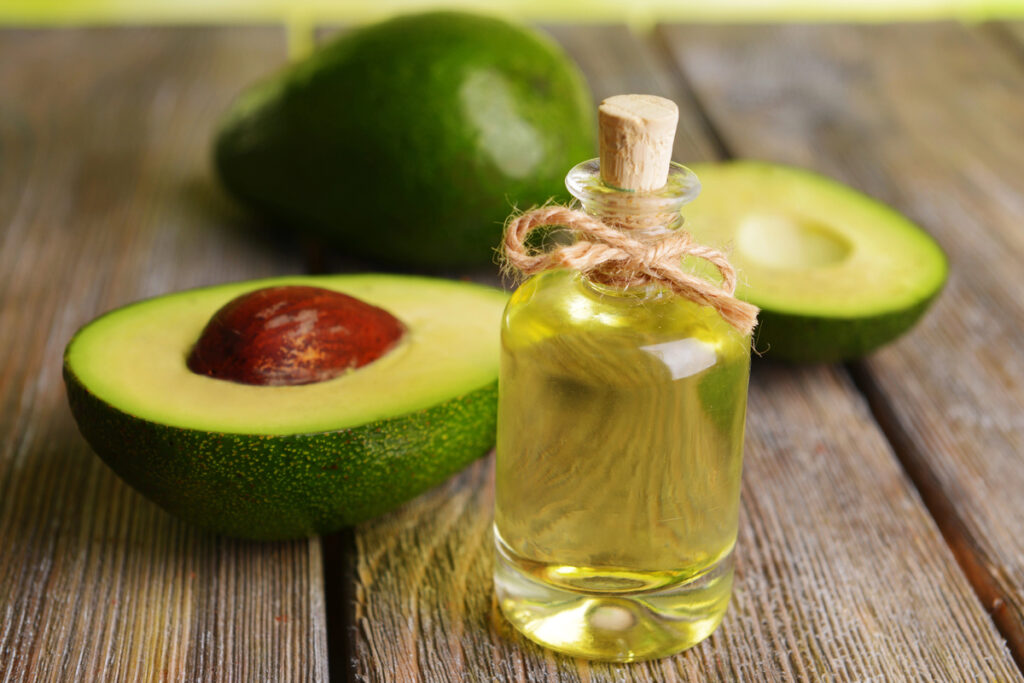
Healthy oils, like olive oil and avocado oil, are rich in monounsaturated fats and add flavor to dishes. Olive oil is a staple in many recipes, from salad dressings to roasting vegetables. Avocado oil, with its high smoke point, is ideal for cooking at higher temperatures.
These oils contain antioxidants and contribute to heart health when used in moderation. Keeping a bottle of quality cooking oil can elevate your cooking and add nutritional benefits.
Herbs and Spices
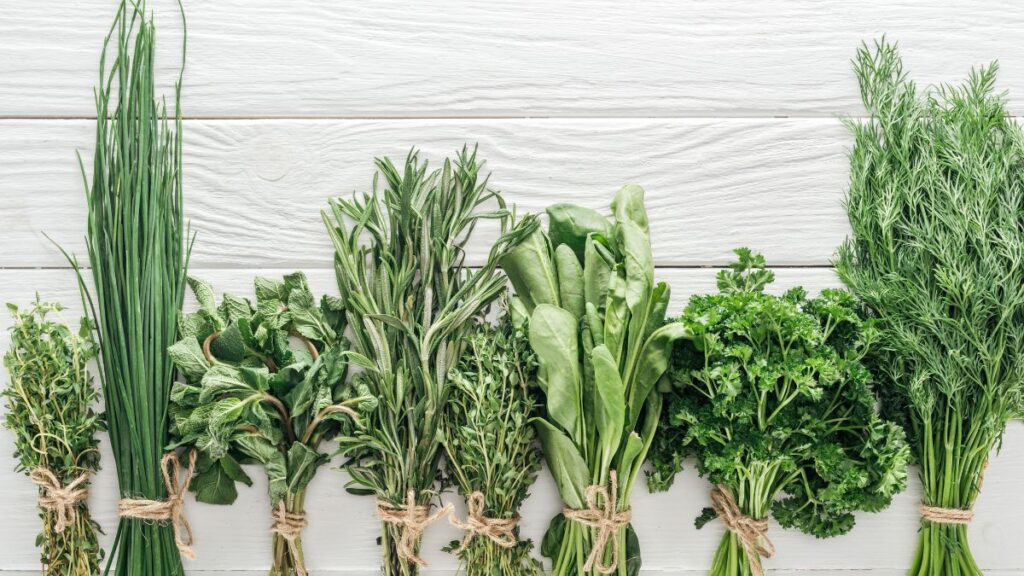
Herbs and spices bring flavor to dishes without the need for added salt or sugar. Common spices like garlic powder, cumin, and paprika can transform basic ingredients into tasty meals.
Fresh herbs, like cilantro or basil, add brightness to dishes and are easy to incorporate. They’re also packed with antioxidants, which support overall health. Stocking up on a few spices makes it easy to enhance your recipes with minimal effort.
Frozen Vegetables and Fruits
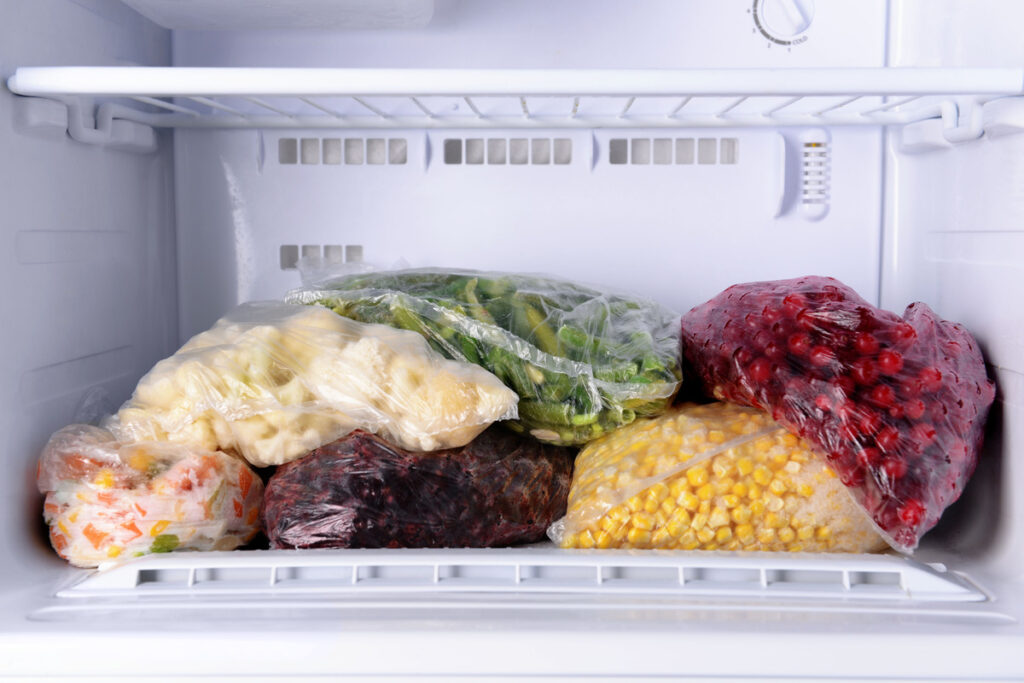
Frozen vegetables and fruits retain most of their nutrients and offer a convenient option when fresh produce isn’t available. They’re pre-washed and cut, saving time during meal prep, and can be added to smoothies, soups, or stir-fries.
Frozen fruits like berries are great for smoothies, while vegetables like peas and carrots make quick additions to any dish. Having a few frozen options in the freezer ensures you always have nutritious ingredients available. This helps reduce waste and is a practical choice for busy weeks.
Whole Grain Bread
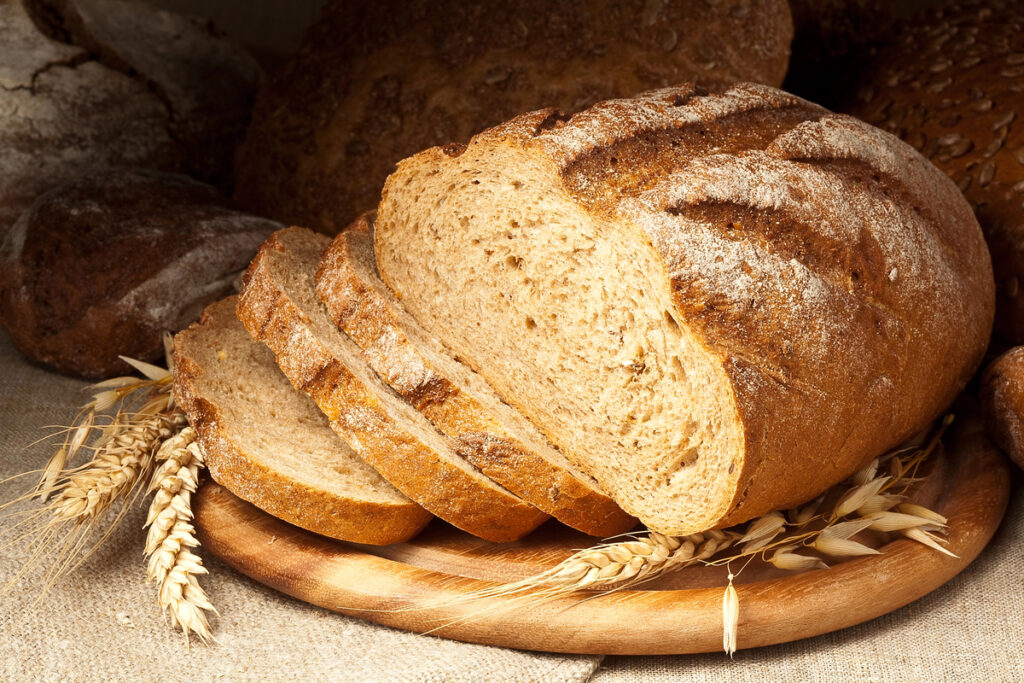
Whole grain bread is a staple that offers more fiber, vitamins, and minerals than refined bread. It can be used for sandwiches, toast, or as a side with meals, making it a versatile option.
Whole grains help keep you full longer, making them a better choice for sustained energy. Choosing options with minimal additives ensures you’re getting the most nutritional value. Having a loaf of whole-grain bread on hand can be a quick and filling option for busy days.
Canned Tomatoes
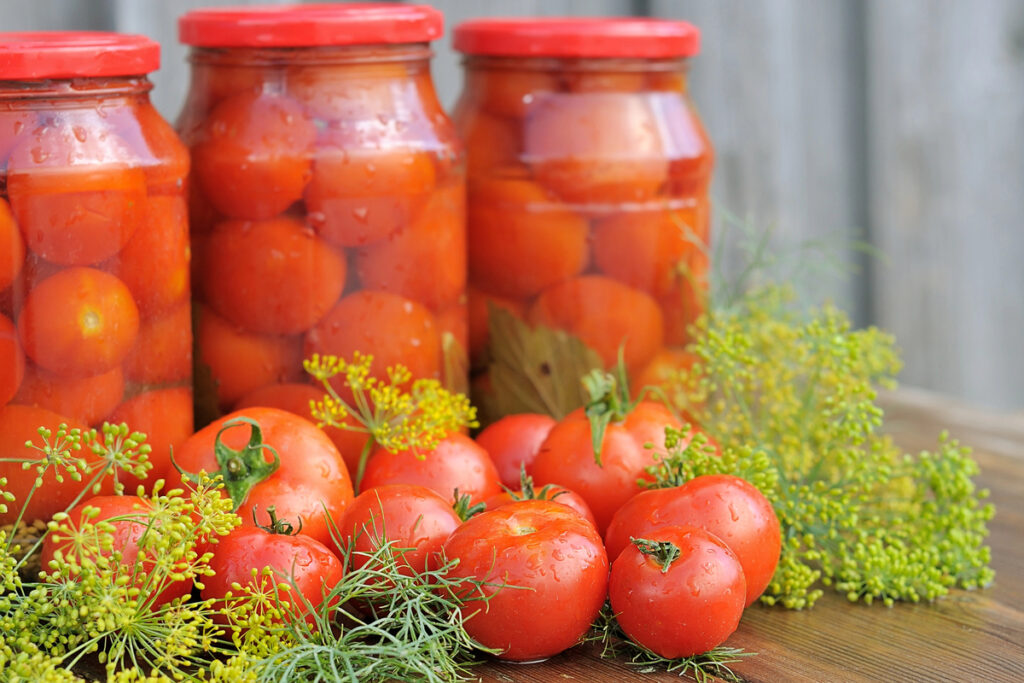
Canned tomatoes are an incredibly versatile ingredient that adds flavor and nutrition to many recipes. They can be used as a base for pasta sauces, soups, and stews, making them a convenient pantry staple.
Canned tomatoes are rich in antioxidants like lycopene, which supports heart health. They’re also affordable and have a long shelf life, making them ideal for stocking up. Adding canned tomatoes to your pantry allows for more meal variety and flexibility.
Greek Yogurt

Greek yogurt is a protein-packed option that can be used in both savory and sweet dishes. It’s thick and creamy, making it a great base for dips, dressings, or as a topping for breakfast bowls.
Greek yogurt also contains probiotics, which support digestive health. It’s lower in sugar than many other yogurt varieties, providing a more balanced option. Keeping Greek yogurt in the fridge offers a healthy snack or meal addition that’s easy to incorporate.
Honey or Maple Syrup

Honey and maple syrup are natural sweeteners that add a touch of sweetness to recipes without refined sugars. They can be used in baking, as a topping for oatmeal, or added to marinades for a flavorful glaze.
Both honey and maple syrup contain antioxidants, adding a bit of nutrition along with sweetness. They’re versatile and long-lasting, making them ideal pantry items. Using these natural sweeteners provides a healthier option for adding flavor.
Money-Saving Meals: Delicious and Budget-Friendly Options

If you want to savor flavor and savings, you’ve landed in the right kitchen. These money-saving meal ideas delight your taste buds and keep your wallet content. From simple yet scrumptious recipes to smart grocery shopping tips, get ready to elevate your dining experience without breaking the bank.
Money-Saving Meals: Delicious and Budget-Friendly Options
15 Places Where You’re Expected to Tip—But You Really Don’t Have To

Tipping has become a widespread practice in many industries, with the expectation that you’ll leave a little extra for good service. However, not every situation truly warrants a tip, even if you feel pressured to give one.
15 Places Where You’re Expected to Tip—But You Really Don’t Have To







